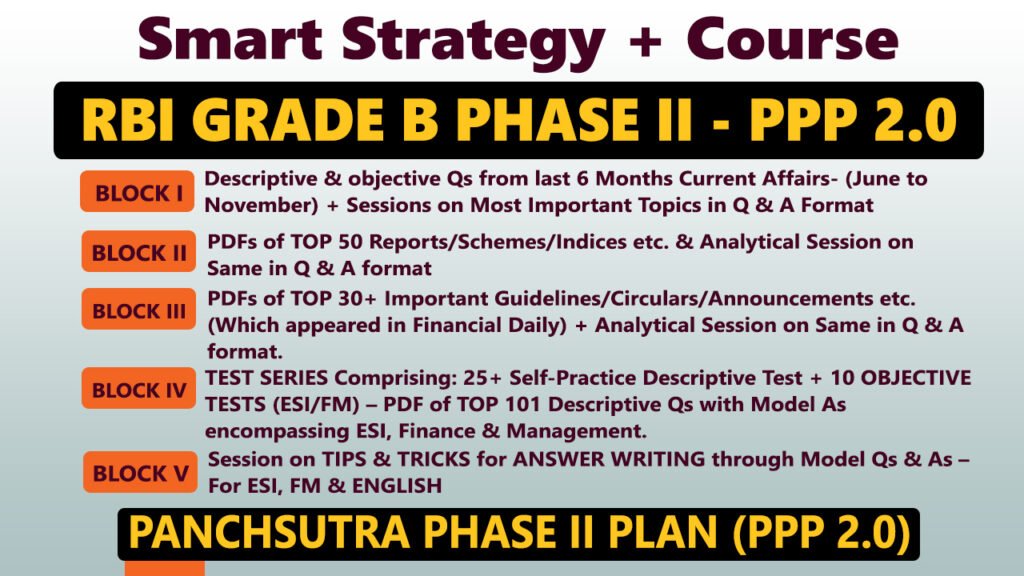Context:
The Government of India has completed the Phase-IV consolidation of Regional Rural Banks (RRBs) under the principle of One State–One RRB, reducing the number of RRBs from 43 to 28 across 26 States and 2 Union Territories.
Key Highlights:
- Historical Phases of Amalgamation:
- Phase-I (2005–2010): RRBs reduced from 196 to 82 (same sponsor bank within a state).
- Phase-II (2012–2014): Reduced to 56 (cross-sponsor amalgamation in contiguous areas).
- Phase-III (2019–2021): Reduced to 43 by merging weak RRBs with stronger ones.
- Phase-IV (2025): Further reduced from 43 to 28 RRBs with effect from 01 May 2025.
- Objectives of Consolidation:
- Achieve economies of scale and cost rationalisation.
- Improve operational viability, service delivery, and financial stability.
- Strengthen technology adoption and customer service capacity.
- Implementation & Monitoring:
- Based on audited financials as of 30 April 2025.
- Monitoring bodies:
- State Level Monitoring Committee (SLMC)
- National Level Project Monitoring Unit (NLPMU)
- NABARD issued a National SOP and advised the formation of:
- Amalgamation Project Management Unit (APMU)
- Steering and Functional Committees for integration.
- Impact:
- No branch closures; uninterrupted services ensured.
- Employee salaries, service conditions, and seniority protected.
- Public awareness campaigns launched across media and SMS.
- Customer account and data migration done with minimal disruption.
- NABARD Study Findings (2021):
- Post-amalgamation, share of profitable and viable RRBs increased.
- Accumulated losses (% of total assets) declined.
- Capital adequacy and leverage ratios improved.



















